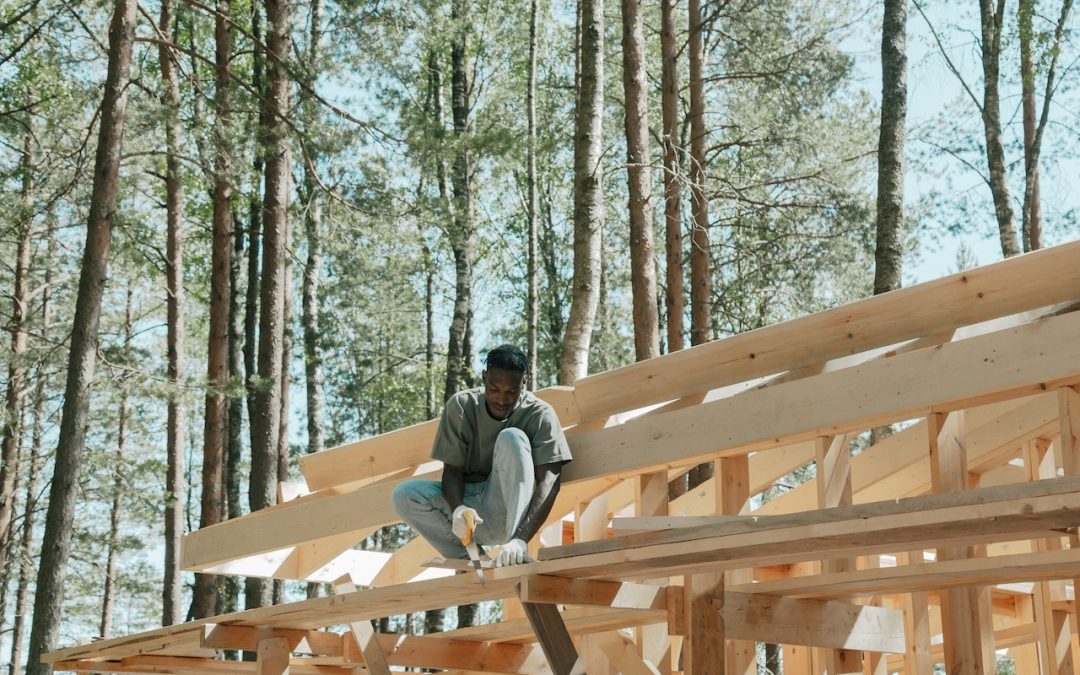A construction defect is something wrong with a building that is a result of mistakes made during the construction process. It can range from minor issues, such as exposed nails and peeling paint, to more serious issues, like cracked foundations and structural failure. These types of problems are becoming increasingly common as more homes are being built to keep up with the housing demand.
Here, our attorney at law in Birmingham, AL, shares what you need to know about construction defects and what you can do about them:
Categories of Construction Defects
These four types of construction deficiencies may cause construction defects:
Deficiency in Design
Poor design can lead to problems such as structural integrity issues, poor functionality, or non-compliant construction materials and methods.
Designers must understand the local building codes and any applicable regulations before they begin designing a building. They should also be aware of the project requirements, including the intended use and any associated risks.
The design should also be reviewed by an independent third party. This review should identify any potential problems that could arise due to the design and suggest ways to address them.
Deficiency in Materials Used
Materials deficiency is one of the most common types of construction deficiencies, and it can cause a variety of construction defects. Inferior materials may not be durable, may not be suitable for the intended purpose, or may not meet the required standards. This can lead to a wide range of issues, including structural instability, water damage, and a decrease in the overall strength of the building.
Deficiency in Workmanship
Workmanship deficiencies occur when a contractor or subcontractor provides services that are below the expected industry standard. This could include: using inferior materials, not following instructions, skipping steps, or failing to follow codes and regulations. These types of errors can result in poor workmanship and, ultimately, construction defects.
Deficiency in the Preparation of the Subsurface
Subsurface preparation is a critical step in any construction project. Without proper preparation, the subsurface can cause problems such as soil erosion, water infiltration, and poor drainage. Unfortunately, many projects suffer from a lack of proper subsurface preparation, leading to costly repairs and delays.
Can You Recover Damages Due to Construction Defects?
When it comes to construction defects, the costs can be staggering and the damage done can be severe. Whether it’s a faulty foundation, a leaky roof, or a crumbling wall, the results can range from minor inconvenience to major disaster. Fortunately, there are legal options for recovering damages due to construction defects.
The first step in recovering damages due to construction defects is to determine who is responsible. In many cases, the contractor or builder who performed the work is the responsible party. In other cases, the manufacturer of building materials, such as windows or siding, may be the responsible party. Once the responsible party has been identified, it is important to document the damage and repair costs.
The next step is to file a claim. Depending on the laws of the state, a claim can be filed in court or through an arbitration process. During the claim process, evidence of the defective construction will be presented, and the responsible party will be asked to pay for the damages.
In some cases, the responsible party may be willing to settle out of court. This may involve the contractor agreeing to pay for the repairs or providing a cash settlement. If the responsible party is not willing to settle, then the case may need to go to court. In court, a judge or jury will determine the extent of the damages, and the responsible party will be ordered to compensate the plaintiff.
In addition to recovering damages for repairs and replacements, a plaintiff may also be entitled to damages for loss of use or enjoyment. For example, if a faulty roof caused damage to a vacation home, the plaintiff might be able to recover damages for the loss of use of the home.
Conclusion
Recovering damages due to construction defects can be a complicated process. It is important to understand the laws of the state and to document all damages and repair costs. In addition, it is a good idea to consult with an attorney at law in Birmingham, AL, who is experienced in construction defect cases. With the right legal representation, it is possible to recover damages due to construction defects.
The lawyers of MacCallum, Hoaglund & McCallum, LLP, can provide you the expertise of seasoned attorneys at law in Birmingham, AL, who can help you recover damages for construction defects. Schedule a legal consultation today to learn how we can help!


Recent Comments